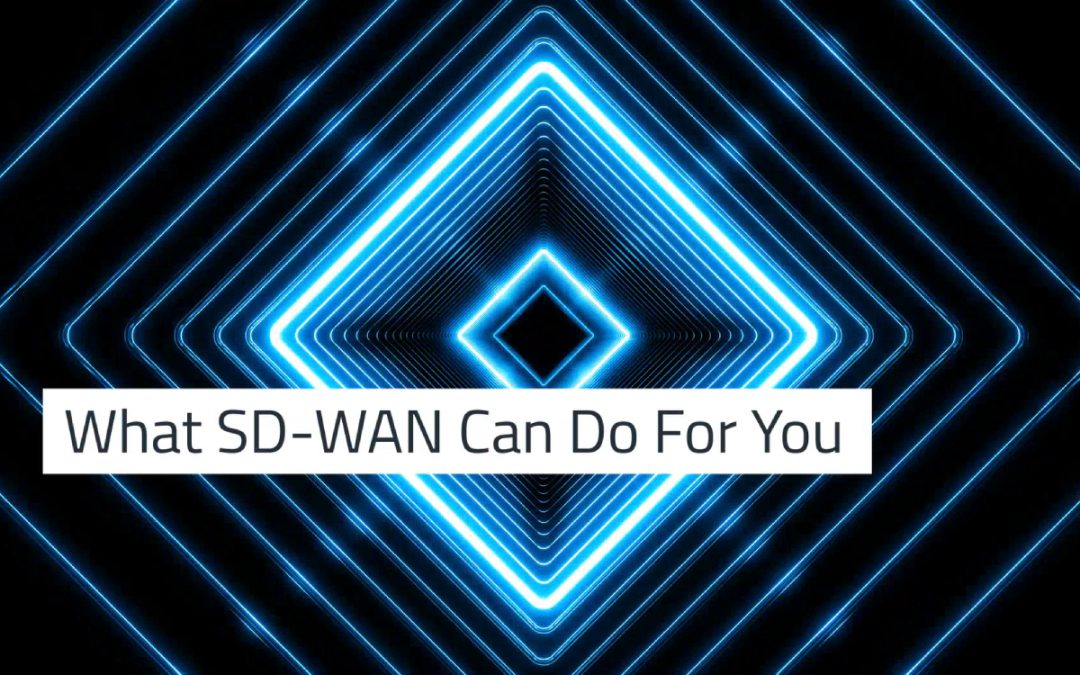
#4 Reduce Risk and Cost by Managing the Bureaucracy
Whatever technology services you consume, whether Dial-tone or UCaaS; whether Internet or WAN; whether cloud or premise Infrastructure; whether network or endpoint security, your business needs some combination of any of these services to survive in today’s market. These services are traditionally the wheelhouse of the large and ominous Service Provider or “SP.” SPs are, by definition, large-scale companies that provide technology services to a significant market share. There are, of course, smaller and more local Managed Service Providers, but their size and closeness makes a deep partnership much more tangible and effective. It’s easy to develop an effective partnership with a local MSP, provided they have the right skill sets to meet your needs. The large SPs, though, have spread their reach across a large region, if not fully national or international. They pretty much always have the talent. The problem is that the sheer size of these companies requires a stringent set of rules for processes and behavior. These rules, too numerous to count and too dispersed and shifting to ever know in full, became the groundwork of what is inevitably experienced as a horrendous bureaucracy.
The bureaucracy of large Service Providers is well known by almost all. Communications must follow draconian policies that make it too difficult to quickly transmit clear messages between departments, often leading to the right hand not knowing what the left hand is doing, and making any sort of short term change or correction all but impossible. Implications of personal and corporate liability scare the rank-and-file employees away from touching anything outside of their explicit responsibilities, and ensures that every single billing and repair ticket starts with the provider forcing the customer to prove the problem is the provider’s fault, rather than the provider proving it isn’t. These behaviors culminate in the most aggravating paradox – there will never be a reliable champion for you within their organization. Those that fail miserably are thinned out in the usual ways, but those that excel at their roles are often quickly promoted out of them. While there are definitely some out there who genuinely love their job, most customers have one of two experiences: either a constantly rotating carousel of account managers that are exceptional and/or horrendous, or they have a single account manager that meets expectations enough to not be fired but not enough to ever get promoted up.
So, if you don’t have one of those magical account managers who absolutely loves what they do, what are you to do when you need to move a behemoth like an AT&T or a Cisco? In over 30 years of experience, Comtel has uncovered 6 specific tactics that have helped us navigate smoothly through numerous large service provider organizations. Please do be warned: these tactics require you to pick up the reigns and lead. If you’ve already got enough on your plate, the Comtel Group can help you in executing, but you will still find these actions to be quite helpful.
• Understand the processes. Arguably the most important, but objectively least sensical, step is understanding what it is the SP needs to do for you. Most reasonable people would say “Wait! Aren’t they supposed to know what they need to do for me?” And the answer is: of course they ought to, but it’s rare that they actually do. With the high rate of turnover, the low incentives, and a culture that reinforces aversion to risk, it is very rare to find an employee that knows enough about what goes on outside their cubicle to tell you what the entire process looks like. This is exactly why we must take it upon ourselves to know where our need is going throughout the organization to be satisfied. In other words, most employees know who hands them their work and who they hand their work to, but not necessarily any further into the process than that. By knowing how your order flows through the provider’s organization, you can track when people are flaking on their responsibilities, passing work in the wrong direction, or generally just not getting the job done.
• Plan from Finish to Start. Once you understand the major milestones to complete the process, you can begin to plan what needs to be done and when. The best way to do this is to start with the ideal outcome in mind. If you want new services to be up and available on a certain date, then use your knowledge of the process to plan what date you need to be at the milestone just before completion. And what date do you need to be at the 2nd to last milestone? And the 3rd to last? And so on. With this methodology, your plan automatically incorporates the necessary deadlines to achieve the results upon the optimal date. This makes it extremely easy to spot early on in the project whether you’re on track for making your date or not. If you don’t hit the current milestone by the prescribed date, you know you’re going to be late.
• Be prepared to drive. SPs often have contracts with SLAs and rules of compensation for their failures. Their aforementioned aversion to liability means they love to point the finger at you, and sometimes they’ll reach for some pretty far-out justification to say you are the reason why something isn’t happening. This is easily circumvented by taking on a leadership mentality, rather than assuming the provider will lead you. This does not mean you have to do everything yourself. It does means you will be the one who has to drive the assignment of responsibilities, as well as holding each person accountable for their assignments. Before you leave a call with an SP team, make sure they’ve all agreed to the responsibilities each one has been assigned, and follow it up with an e-mail memorializing the agreement and due date(s). While it is not the way we think it ought to be, you will find a much greater success rate and shorter time frame if you walk into an engagement with an SP expecting to be the one who has to call the shots and hold people’s feet to the fires.
• Understand which roles are responsible. In order to properly lead a service provider team, you will need to have an understanding of what their jobs actually allow them to do. As mentioned, many SPs are very rigid on how far any individual can reach throughout the organization. Most rank-and-file employees pull their specific set of levers, and never vary from that routine. However, most of the problems you’re likely to encounter occur in roles performed by people other than your point of contact. Raising the heat on them doesn’t actually generate any better results, it just makes that contact person more fearful of engaging with you. Likewise, CCing everyone on the e-mail blast just causes frustrating noise. Therefore, it’s incredibly important to know which employee pulls the lever you need pulled, and it is as equally important that you focus your attention on them, rather than everyone around them. There may be times where a shotgun blast is most appropriate, but honing in with a rifle will more often bring you the results you need.
• Keep the details together. The fewer places you have to look for necessary information, the faster you can validate plans, make decisions, and execute changes. Usually, its not enough to just file everything under its own category. When we’re talking about business technologies, it’s rare that a change to any single technology only affects that technology. Changing dial-tone can impact your PBX, while changing your PBX can impact your network, which is also impacted by your infrastructure decisions. The interconnectedness of these technologies also means that putting everything into the same folder is usually not sufficient, either. In most cases, what is needed is a consolidation of all resources, compiled into a single, easily referenceable inventory document. With the right data recorded in the right ways, this document becomes the living, breathing master version of your configuration, allowing you to quickly see all implications of any individual change to your technology.
• Pull the alarm while there’s still time to put out the fire. The last tactic is just as important as the others, but one of the easiest to put into place. If you smell smoke, investigate. If you see fire, pull the alarm. A lot of people want to be nice to the SP’s employee, and give them a chance to make things right before they ask for escalation, but this only puts you at greater risk. If your SP contact is not performing, it could very well be due to an issue outside of their authority. Or it could be them directly. Either way, you are best served by escalating as soon as you become aware of the issue. You don’t have to be rude or put the person on blast, but you do need to seek correction while there is still time to plan and execute a change in course. If you wait too long to call out a problem, it may be too late to undo the effects.
These 6 tactics will give you a very strong foundation for managing a bureaucracy, but, as mentioned before, require you to pick up the burden of leading and driving these behemoth companies. In some cases, these tactics need to be paired with a deep understanding of the underlying technology the work revolves around. In other cases, the processes may be so convoluted that it could take hundreds of hours of study to properly understand the processes involved, which is only the first of the six tactics. In other words: understanding and managing SPs can be a lot of brain damage.






